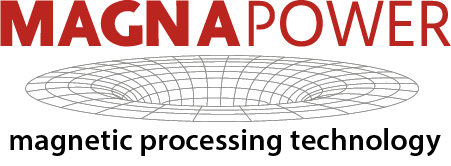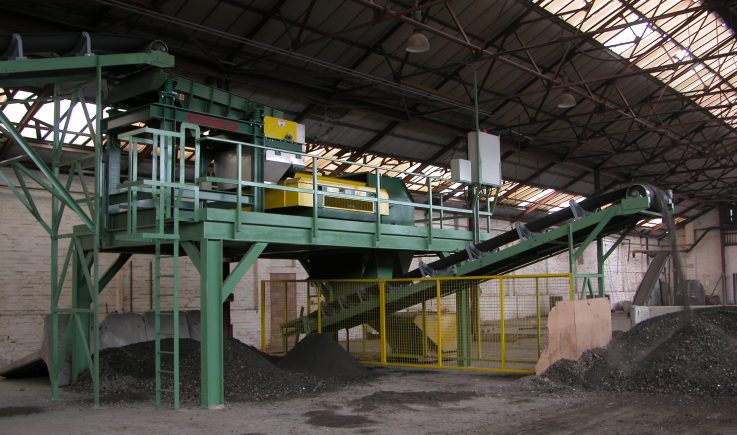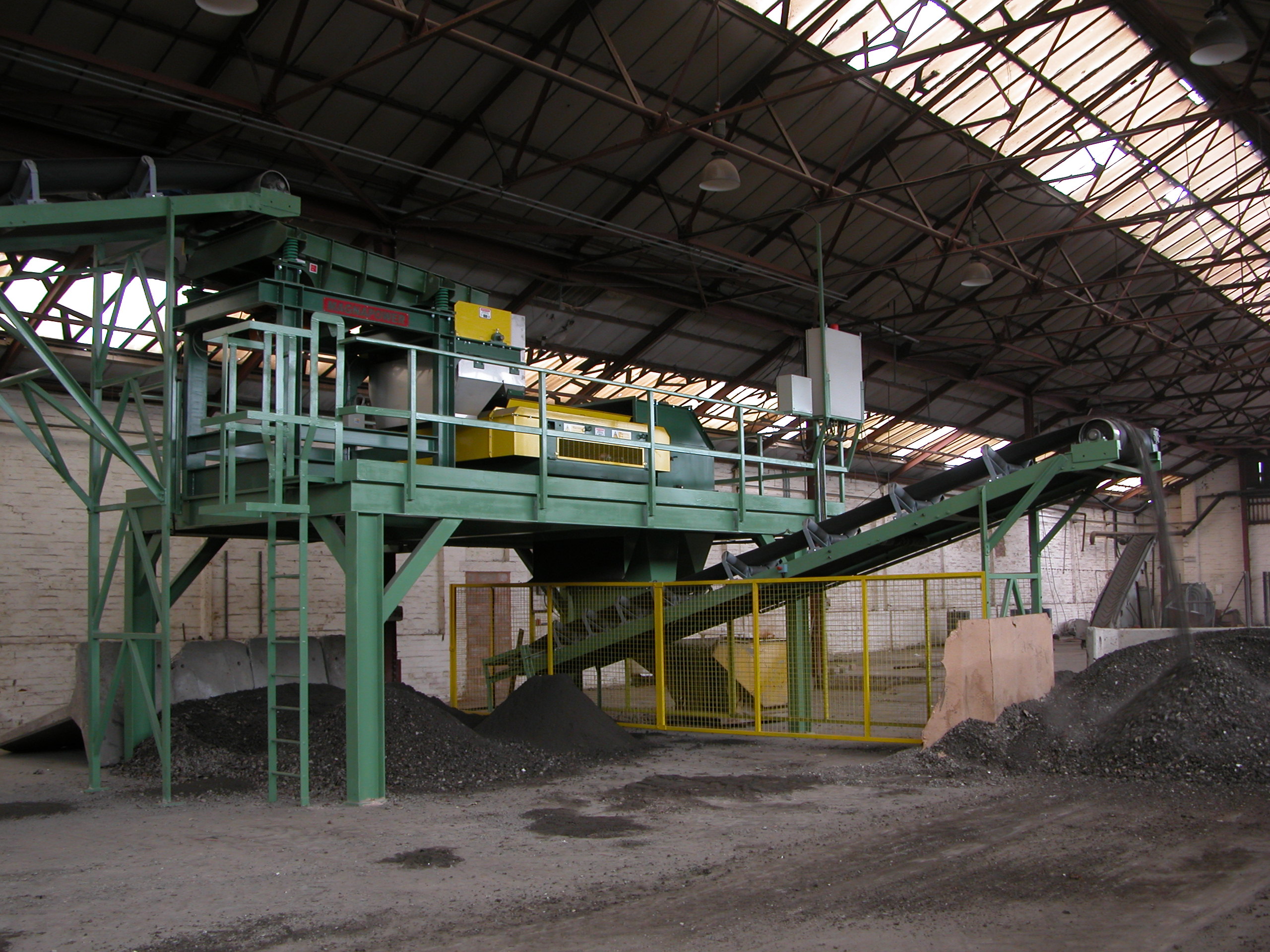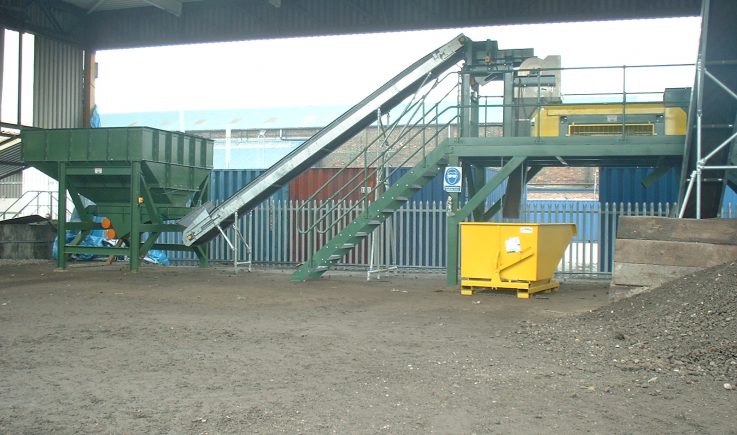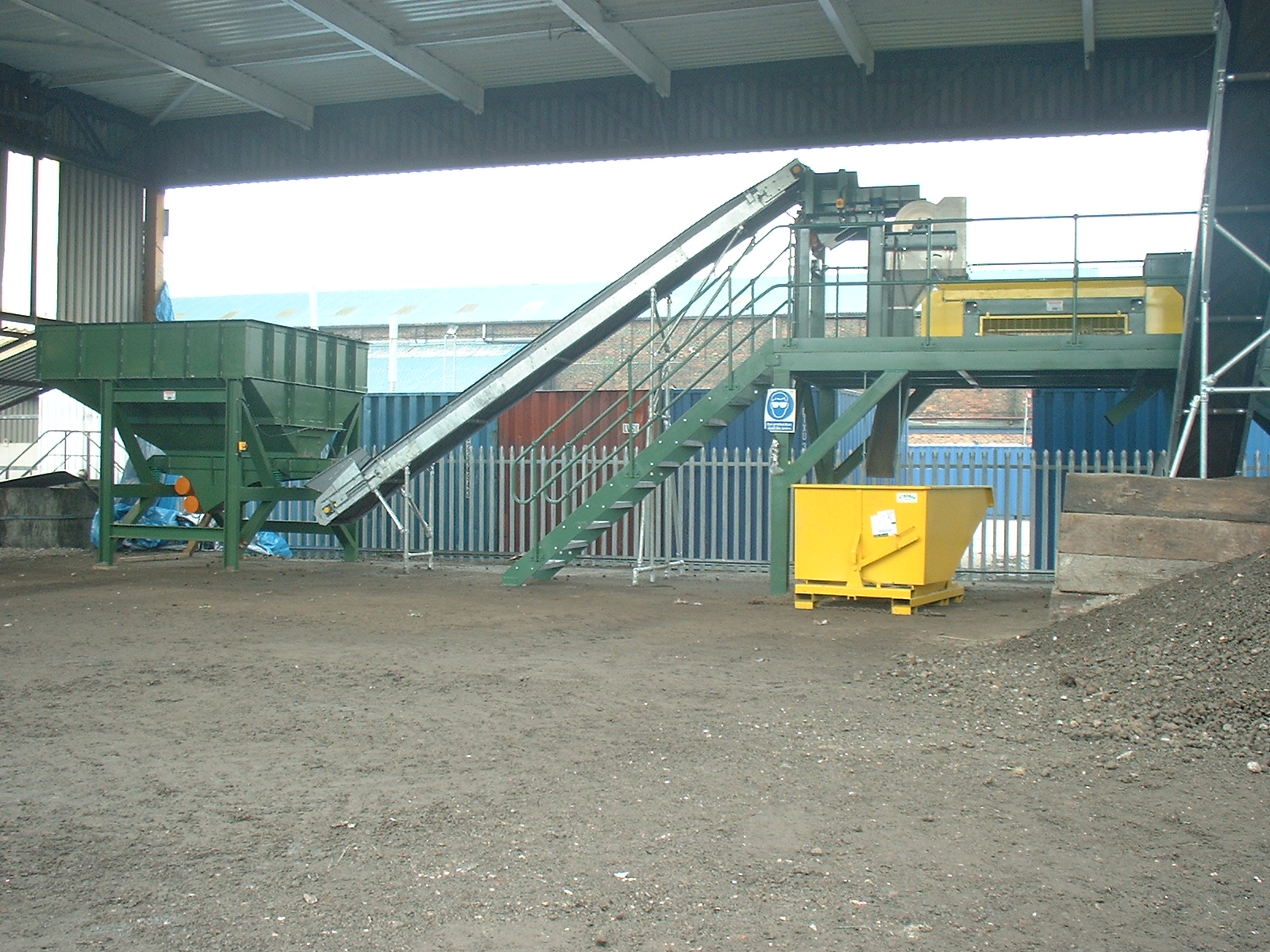An incineration plant burns waste and may or may not recovery the energy from the heat generated.
Incineration plants:
- use waste as a regular or additional fuel, or
- waste is thermally treated prior to disposal.
The Incineration of waste is a successful way in helping to meet some of the requirements of the Landfill Directive. Incineration can also help reduce the reliance on other energy sources such as fossil fuels or nuclear energy.
During incineration, the volume and weight of the waste is reduced. Energy is produced which can be used for district heating and electricity generation. Where both electricity and heat are utilised from an incineration plant it may be termed a Combined Heat and Power (CHP) plant.
The waste product of incineration is known as incineration bottom ash (IBA).
Before disposal of this “waste product” valuable metals can be removed. Initially ferrous metal is extracted from the incineration bottom ash (IBA) with overband magnets and then drum magnets. IBA material can then be feed to an eddy current separator for recovery of non ferrous metals.
The IBA can be used as a secondary aggregate in construction projects or disposed of to landfill as inert waste.
Incinerator ash (also know as IBA or bottom ash) includes a complex range of metals and requires special processing
Magnapower manufacture a comprehensive range of equipment for metal recovery from bottom ash (IBA) including:
- Overband Magnets (Standard permanent magnets, Rare earth Neodymium overband magnets Suitable for fine fractions in thin layers which will also separate weakly magnetic particles and electro-overbands for deeper fields, larger working gap)
- Magnetic Head Pulley (Manufactured to suit your conveyor design. Available in both standard ferrite magnet system and as a Rare earth Neodymium magnet system)
- Drum Magnets (ideal for separation of magnetic and weakly magnetic ferrous particles which may not have been separated by the overband. Available in both standard ferrite magnet system and as a Rare earth Neodymium magnet system)
- Eddy Current Separators (Heavy duty with proven reliability for is application. Separates nonferrous metals with particle size 3 to 200+mm separated in to typical fraction 3-10mm, 10-30mm 30-75mm and 75-200mm fraction)
- SuperFines ECS (Eddy current separators for the smallest non-ferrous metal fraction less than 3mm)
- Trommel screens (for accurately sizing IBA prior to ECS)
- Flat vibratory screens and feeders (to ensure material is presented the ECS across the full belt width)
Magnapower recognise the need for product quality and purity. We focus our experience and knowledge of this application to provide separation equipment which leads the industry.
Typical application – Recovery of ferrous and non ferrous metals from IBA (bottom ash).
Separation processes will vary depending on materials / size and can include:
Stage 1
- Primary ferrous removal – usually at the incineration plant (Electro Overband Magnet)
Stage 2
- Metering of product to separation line at a consistent rate
- Sizing of material into different fractions e.g. 0-10mm, 10-30mm, 30-75mm, 75-150mm (Trommel)
- Separation of ferrous metal – usually with an overband or drum magnet
- Separation of remaining ferrous – usually with magnetic head pulley or drum magnet
- Separation of non-ferrous metals – usually with an eddy current separator
Stage 3
- Further processes are then used to sort the non-ferrous metals from one another

